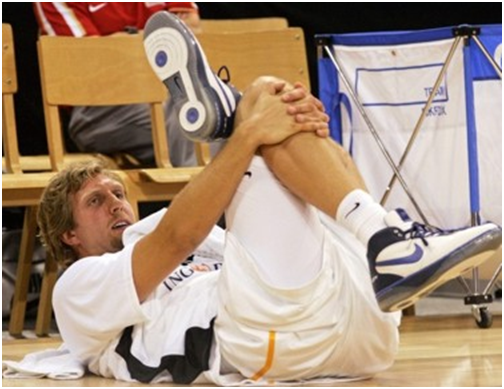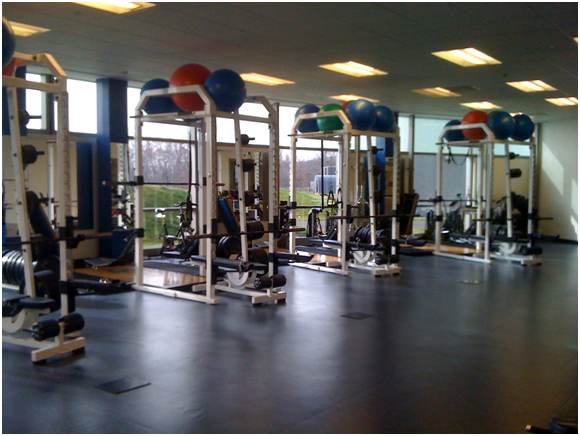by Brijesh Patel
I was recently speaking to my good friend, Art Horne (athletic trainer and strength and conditioning coach at Northeastern University) at a pre-season basketball scrimmage about warming up. Most basketball teams typically warm-up and stretch on the court. Art wondered where we did ours, because our guys came out at 45 on the clock already to go with their specific warm-up with their coaches. I explained that we conducted our warm-up in the weight room and he thought it would be a great idea if I presented what we do in an article. I didn’t think it was earth shattering but thought it would be a good idea to explain what we do to prepare ourselves for a game.

Here at Quinnipiac, we typically play doubleheader basketball games. Our women play first and as soon as their game is over, there is 30 minutes on the clock before the men’s game. We used to do a traditional warm-up and dynamic stretch on the court 60 minutes prior to the game. The court isn’t available during a double header so we decided to take the warm-up to the weight room. What started out as a necessity turned out to be our norm now for home games as our guys preferred going to the weight room over the court.
Our on court warm-up tended to be a distraction for some guys as they were looking around in the stands seeing if their friends and family were there yet; What the other team was doing would also distract them. By moving to the weight room, we could really focus on “us” and “what we do”. We could crank up the music, get some good energy going and really get prepared to be successful for the following competition. Our guys now prefer and look forward to “stretching” in the weight room. They’ve made a playlist on their ipod and know that warming up in the weight room is part of their pre-game routine.

The order of warm-up is the following:
1. Warm-up
2. Loosen-up
3. Turn-On
4. Build-up
This is the general warm-up as it leads to the specific warm-up that the coaches will conduct after they are done with me. In the specific warm-up the guards and bigs will split up and work on shooting, post moves, coming off screens, etc.
Here are the goals and examples of what we do for each category:
1. Warm-up – our goal is to increase the core temperature and break a sweat. We start off with agility ladder work for about 3-4 minutes.
2. Loosen-up – our goal is to work on dynamic mobility of the entire body (ankles, hips, t-spine) in all 3 planes of motion. We will start with various types of arm circles, progressing to isolated dynamic flexibility drills for the lower body (knee hugs, hamstring kicks, etc) and then progressing to lunge variations with arm drivers. This takes about 6-8 minutes.
3. Turn-on – our goal is to activate the nervous system and get the glutes firing. We incorporate glute bridges, single leg balance work, as well as low intensity reactive plyometrics (foot fire, line hops, etc.) This takes about 1 minute.
4. Build-up – our goal is to incorporate movements that they will perform during their activity. We incorporate sprinting, backpeddling and lateral shuffling as well as some change of direction work. This takes about 2 minutes.
The total warm-up time is about 13-15 minutes and really gets our athletes ready for their specific warm-up.
I hope this article gets you thinking about how you get your athletes ready to compete and may give you some other ideas and options.
